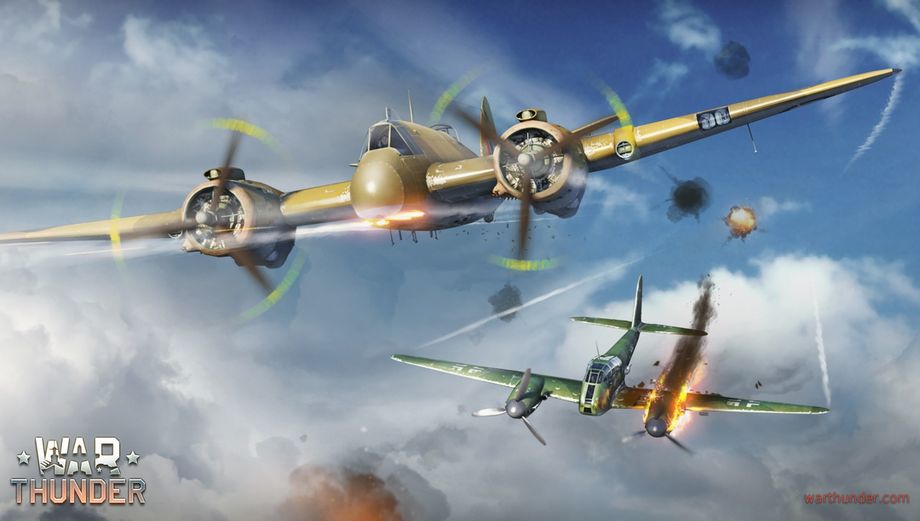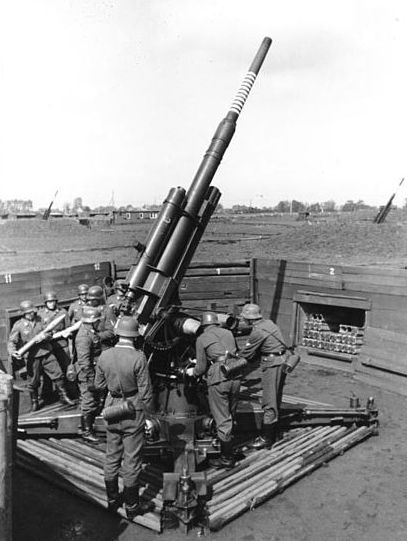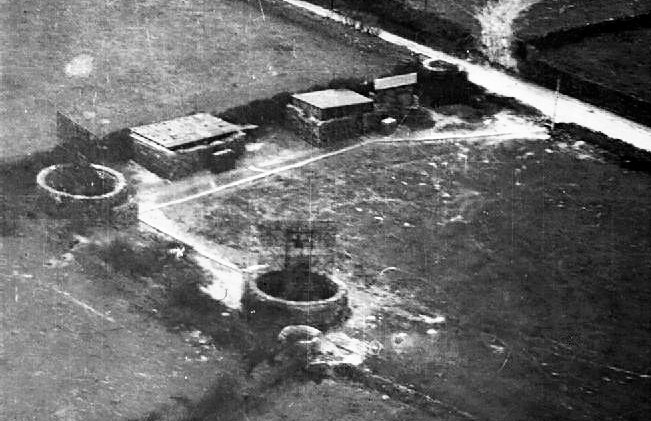
- For PC
- For MAC
- For Linux
- OS: Windows 10 (64 bit)
- Processor: Dual-Core 2.2 GHz
- Memory: 4GB
- Video Card: DirectX 11 level video card: AMD Radeon 77XX / NVIDIA GeForce GTX 660. The minimum supported resolution for the game is 720p.
- Network: Broadband Internet connection
- Hard Drive: 23.1 GB (Minimal client)
- OS: Windows 10/11 (64 bit)
- Processor: Intel Core i5 or Ryzen 5 3600 and better
- Memory: 16 GB and more
- Video Card: DirectX 11 level video card or higher and drivers: Nvidia GeForce 1060 and higher, Radeon RX 570 and higher
- Network: Broadband Internet connection
- Hard Drive: 75.9 GB (Full client)
- OS: Mac OS Big Sur 11.0 or newer
- Processor: Core i5, minimum 2.2GHz (Intel Xeon is not supported)
- Memory: 6 GB
- Video Card: Intel Iris Pro 5200 (Mac), or analog from AMD/Nvidia for Mac. Minimum supported resolution for the game is 720p with Metal support.
- Network: Broadband Internet connection
- Hard Drive: 22.1 GB (Minimal client)
- OS: Mac OS Big Sur 11.0 or newer
- Processor: Core i7 (Intel Xeon is not supported)
- Memory: 8 GB
- Video Card: Radeon Vega II or higher with Metal support.
- Network: Broadband Internet connection
- Hard Drive: 62.2 GB (Full client)
- OS: Most modern 64bit Linux distributions
- Processor: Dual-Core 2.4 GHz
- Memory: 4 GB
- Video Card: NVIDIA 660 with latest proprietary drivers (not older than 6 months) / similar AMD with latest proprietary drivers (not older than 6 months; the minimum supported resolution for the game is 720p) with Vulkan support.
- Network: Broadband Internet connection
- Hard Drive: 22.1 GB (Minimal client)
- OS: Ubuntu 20.04 64bit
- Processor: Intel Core i7
- Memory: 16 GB
- Video Card: NVIDIA 1060 with latest proprietary drivers (not older than 6 months) / similar AMD (Radeon RX 570) with latest proprietary drivers (not older than 6 months) with Vulkan support.
- Network: Broadband Internet connection
- Hard Drive: 62.2 GB (Full client)

"War is both timeless and ever changing. While the basic nature of war is constant, the means
and methods we use evolve continuously.”
General A.M Gray, USMC
 |
German 88 mm flak gun in action against Allied bombers |
Ground based air defence networks first appeared as a threat to military aviation immediately after the first use aircraft in a combat role took place, the threat to aircraft from ground based defences soon became a fact that could not be ignored. As ground based and airborne defences evolved, countermeasures and countertactics developed to suppress these threats. It was however during world war two that technological advances forced the competing air forces to design specialized aircraft to accomplish the task of dealing with enemy air defences both on the ground and in the air.
The Rhubarb missions were directed to destroy or damage the operational ability of air defenses. The first attempts at location, suppression, and destruction of enemy air defenses from airborne aircraft centered on the Royal Air Force's determination to defeat Luftwaffe raiders and night fighters after the Battle of Britain. The success of integrating radar, communications, command centers, and air defenses into a total system during the Battle of Britain, allowed the RAF to weather the Luftwaffe Blitz and learning from what might have been the RAF determined to use tactics to find and defeat similar systems on the continent.
 |
A 1941 RAF PRU photograph of the two Freya radars at Auderville |
Early on Wellington bombers equipped with radar detection equipment served to Identify suspected German radar sites and air defence measures. British Intelligence soon realised that radar interception was only part of the equation this new form of Electronic warfare was just a small part of the mission to suppress or destroy enemy air defences. To counter the threat that ground based radar posed to the nightly raids by bomber command, British boffins developed a device that, received transmissions from Luftwaffe radar sites, amplified them, and sent them back to it. The radar would receive the retransmitted "echos" and incorrectly display multiple false aircraft targets which would confuse the operator. The device, codenamed Moonshine, was installed in a some Boulton-Paul Defiant turret fighters.
These aircraft could only provide temporary relief from Luftwaffe raiders and night fighters, The destruction of enemy air defenses was required and so Rhubarb missions were used to wreak havoc on the Luftwaffe night fighter air bases
 |
Freya (right) and Würzburg-Riese, date and place unknown |
Initially employing the Beaufighter using both Mk IIf and then Mk VI aircraft in both the nightfighter and ground attack role the the squadrons undertaking Rhubarb and similar missions began learning their trades, but by the time that the Rhubarb missions got into full swing most of these RAF and RAAF squadrons involved in these missions had begun converting to various types of Mosquito Night fighter and fighter bomber variants. In the see-sawing battles over the continental airfields German night fighters continued to hunt both the allied bomber streams and the prowling night fighters. originally equipped with Bf 110 & Ju 88 C-2 or Ju 88 C-6 night fighters and then later the Ju 88-G series and Do 217 variants as well as the specially designed He 219, these Luftwaffe formations stalked the darkened skies and were in turn hunted by the RAF night fighters which were soon joined by American P-61 Black Widows.
The effect of these Rhubarb missions while not considered at the time as directly effective in curbing the night fighter and night raider missions of the Luftwaffe did have the flow on effect of tying up large numbers of aircraft and ground defence resources. degrading the ability of the Luftwaffe to combat the strategic bombing offensive of even mount attacks on allied bases
Aaron "anglomanii" Lentz



